If you’re scaling a product-based business — especially as an Amazon seller or DTC founder — you’ve likely wrestled with sourcing, vetting factories, and shipping delays. But to truly master your supply chain, you need to understand the difference between procurement and logistics—and how these two functions work together to protect your margins and reputation.
Let’s break it down in simple terms tailored to the real-world needs of small to mid-sized importers.
The Key Difference Between Procurement and Logistics
You now see they’re both essential — but different.
| Aspect | Approvisionnement | Logistique |
| Focus | Finding & buying the right goods | Moving & delivering goods |
| Goal | Secure product quality & supplier trust | Ensure timely, cost-efficient delivery |
| Timing | Before production & shipment | After production until final delivery |
| Skills Needed | Negotiation, sourcing, quality control | Freight management, customs, risk control |
So, the difference between procurement and logistics lies in their scope. One secures what you’re buying — the other ensures it arrives as planned.
Procurement: Securing the Right Product from the Right Supplier

In gestion de la chaîne d'approvisionnement, procurement is the strategic front-end. It’s not just about clicking “order” on Alibaba — it’s about securing the right product, from a trusted factory, under terms that protect your bottom line.
What Procurement Really Involves:
- Factory Identification & Vetting
Go beyond Gold Supplier badges. True procurement involves verifying production capabilities, past client experience, certifications, and even conducting in-person audits to avoid subcontracting traps.
- Sample Testing & Quality Alignment
Procurement teams ensure the factory can replicate your product to spec — through sample approvals, raw material checks, and tolerances validation before mass production starts.
- Price & Terms Negotiation
A good procurement process finds the sweet spot between price, MOQ, and timeline. It’s not about the cheapest quote — it’s about reliable delivery that won’t crash your product reviews.
- Contract Management
Lock in deliverables, payment terms, and penalties in black and white — to protect yourself when delays or defects occur.
- Supplier Relationship Building
Long-term success often comes from building trust with one or two vetted suppliers, not jumping ship for the lowest bid each time.
Logistics: Moving Goods Smoothly Across Borders
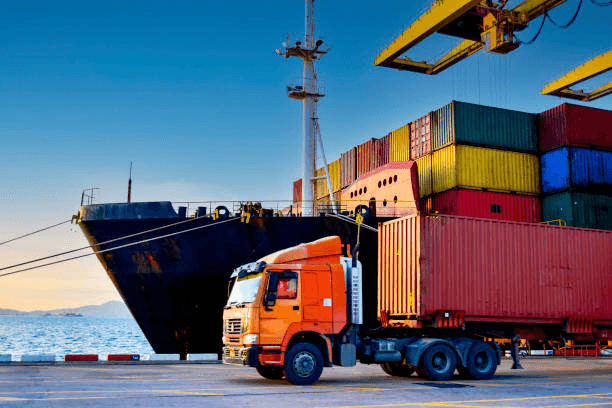
Once the products are made and passed inspection, logistics takes over. This function ensures your inventory travels safely, quickly, and cost-effectively from the factory floor to your warehouse or Amazon FBA center.
What Logistics Covers:
- Freight Booking & Coordination
Sea or air? FCL or LCL? Logistics teams help you weigh costs, lead times, and customs risks to find the best route.
- Export Documentation
Misfiled shipping docs can stall your containers for weeks. Logistics handles commercial invoices, packing lists, HS codes, and more to keep customs smooth.
- Customs Clearance & Duties
Understanding tariffs and VAT obligations in your destination country is key. Poor handling here leads to surprise bills or seized goods.
- Last-Mile Delivery
Logistics ensures your goods get from the port to your final warehouse — whether it’s Amazon, a 3PL, or a Shopify fulfillment partner.
- Tracking & Insurance
Real-time tracking and marine insurance reduce the risk of lost cargo or damaged inventory — critical for high-value shipments.
How Procurement and Logistics Work Together
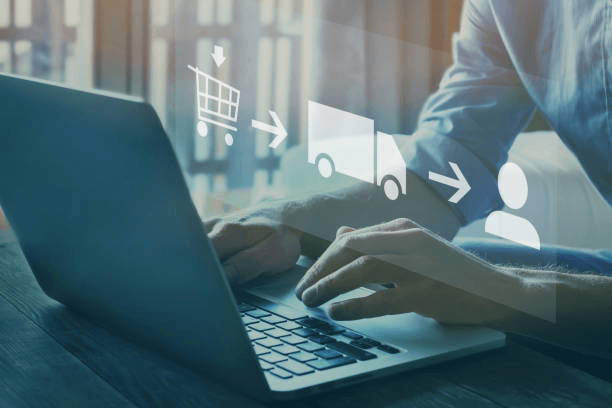
Here’s the magic: these two must sync for your sourcing plan to succeed.
Integration Points You Can’t Overlook:
- Timeline Coordination
Procurement knows when production finishes; logistics plans container space in advance. Misalignment = idle inventory or FBA stockouts.
- QC-to-Shipping Handoff
Quality control issues discovered at the factory must trigger updated packing plans and shipping delays — or risk expensive returns.
- Rentabilité
A procurement win (great unit price) can be offset by poor logistics (excess freight costs). You need both to protect margins.
- Crisis Response
Supplier delay? Logistics may need to switch to air freight. Port strikes? Procurement may need to adjust factory timelines. They must be in constant communication.
- Transparency & Tracking
Asian Sourcing Group, for example, offers 24/7 project tracking — giving you a clear view of both procurement and logistics status in one dashboard.
Final Thoughts: Don’t Treat Procurement and Logistics as Silos
In the world of supply chain management, success isn’t just about finding a great factory — or booking cheap shipping. It’s about aligning procurement and logistics into one streamlined workflow.
If you’re tired of juggling multiple suppliers, freight forwarders, and unclear communication, it might be time to partner with a sourcing team that brings it all together — from supplier vetting to product delivery.
Groupe d'approvisionnement asiatique gives time-strapped importers peace of mind — with cost-driven supplier matching, in-person QC, and end-to-end logistics.
👉 Learn more at asiansourcinggroup.com
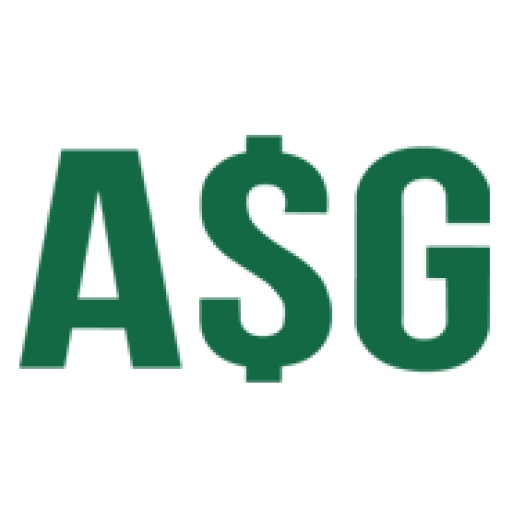

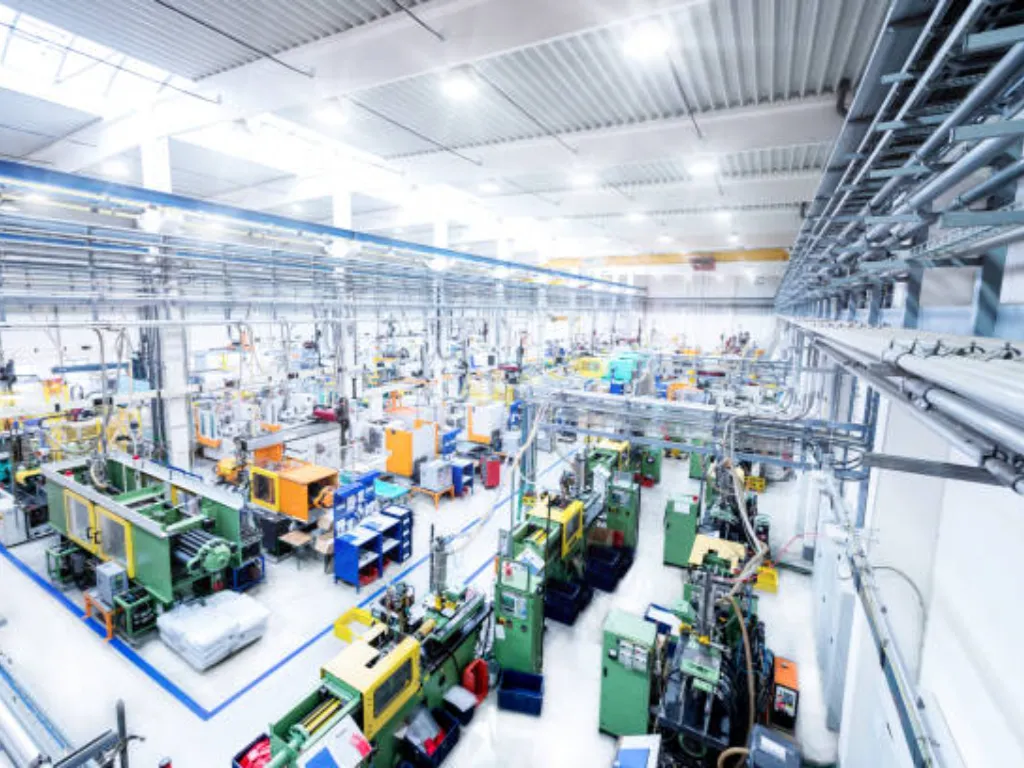

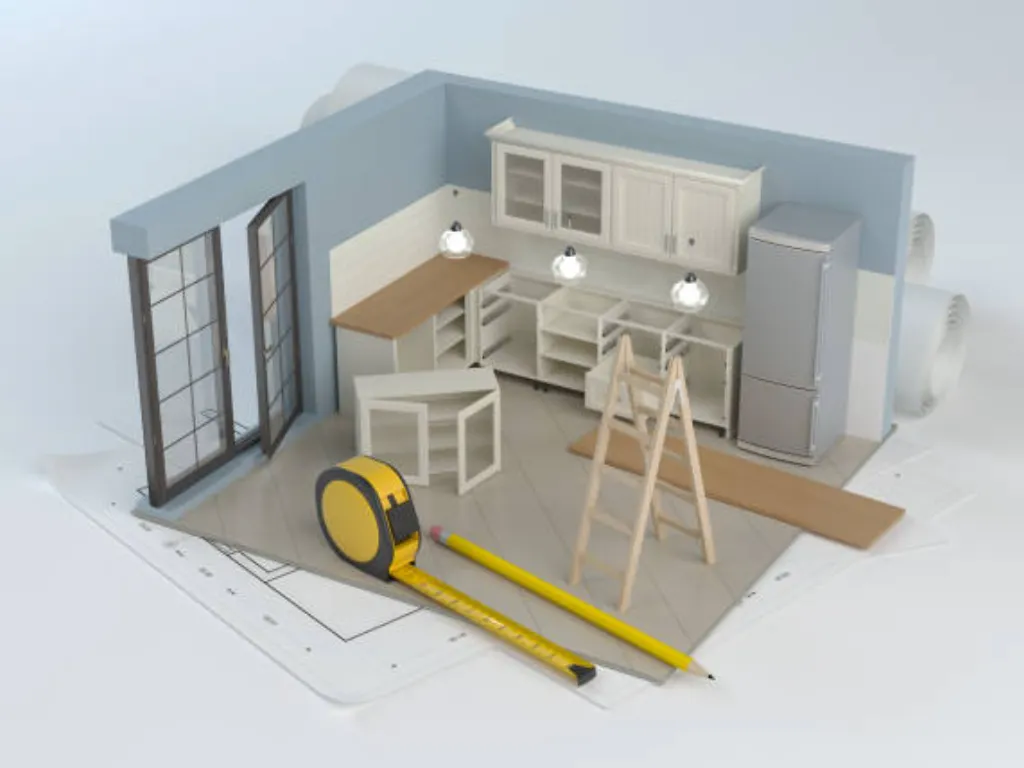

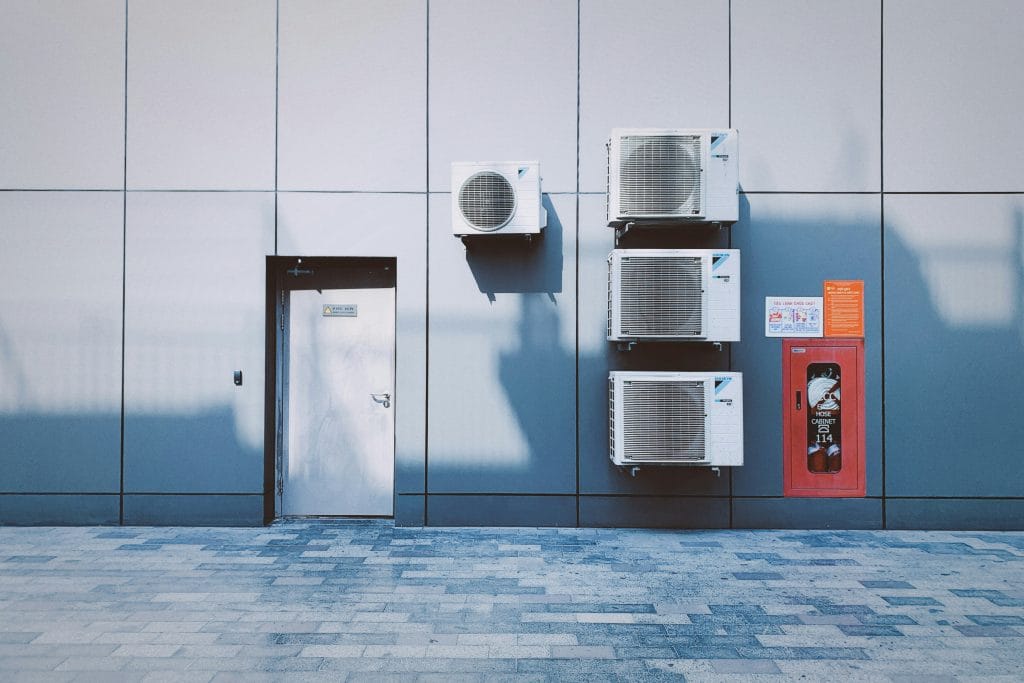
-300x198.png)